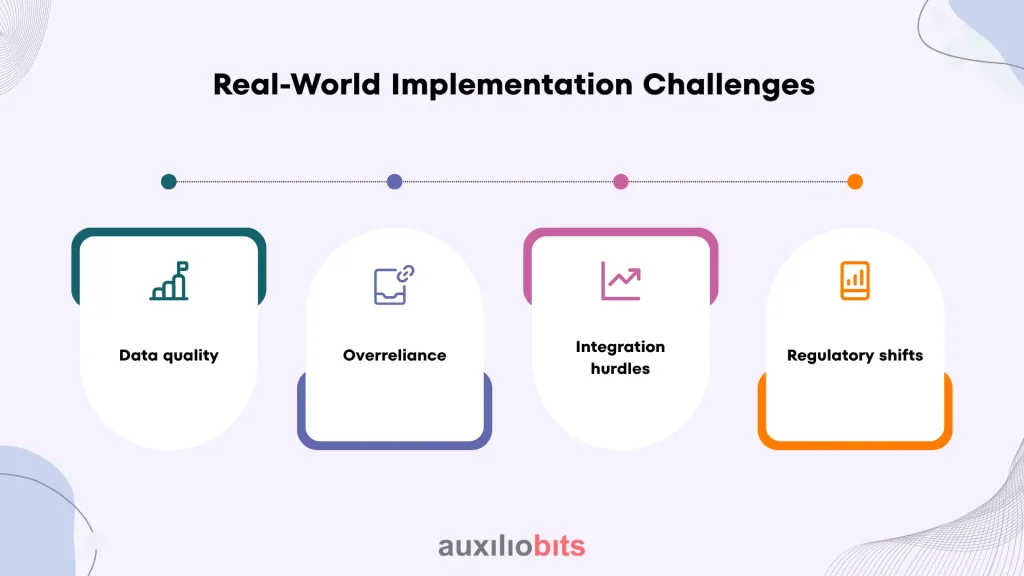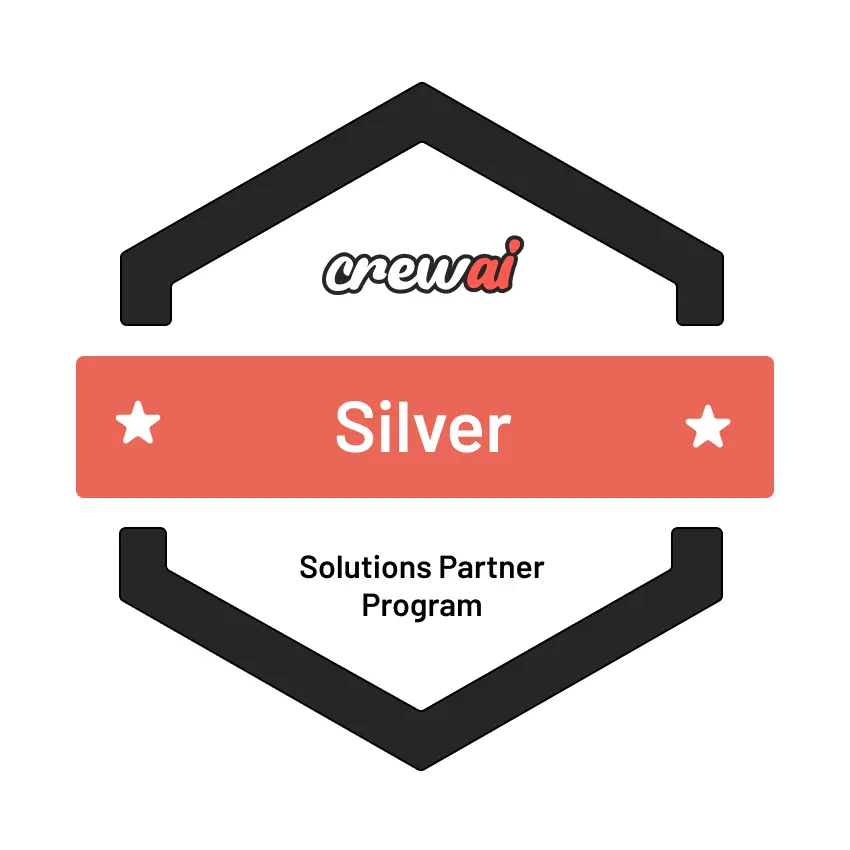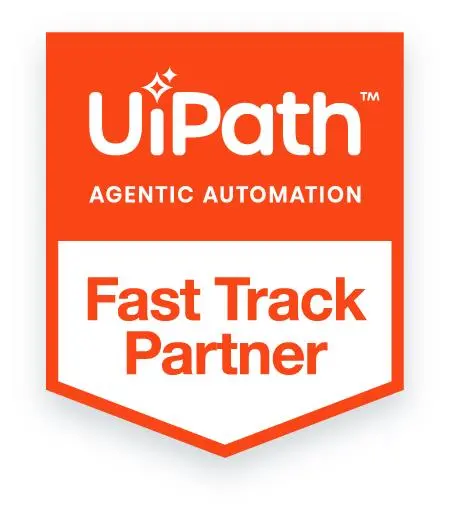
Key Takeaways
- Intelligent document automation drastically reduces processing time for KYC and loan documents while minimizing human error.
- Machine learning agents can spot anomalies, document inconsistencies, and behavioral red flags that would be challenging for humans to catch manually.
- Even the most advanced systems require human oversight for ambiguous or complex cases, ensuring compliance and accountability.
- Institutions can save significant time, reduce financial losses, and optimize workforce allocation by combining automated and human processes.
- The next generation of automation relies on specialized, orchestrated agents and GPU-accelerated models—but transparency, explainability, and human supervision remain crucial.
Financial institutions today face two pressing challenges: overwhelming piles of paperwork and the demand for swift, accurate decisions. Every day, banks, lenders, and fintech firms deal with vast amounts of KYC documents, loan requests, bank statements, and transaction logs. But the truth is that the staff can only handle all of these challenges before any mishappening or mistake takes place. Intelligent document automation aims to close this gap, but its true function is more complex than marketing materials imply. These systems do more than just scan papers—they analyze, cross-check, and sometimes predict irregularities. Still, they occasionally make errors, highlighting the ongoing importance of human judgment.
So why are such systems necessary? Let’s take an example of a bank that is happy to bring 3000 new customers on board in a month. Now this adds up to six thousand pages- each with crucial details, including transaction histories and more. In the past, compliance teams have manually checked all the data utilizing tools that only scratched the surface. However, these tools couldn’t do justice.
Also read: Smart credit scoring: agent networks that adapt using new data from AWS ML
The Core Value Proposition
Document automation brings a range of advantages, including speed, accuracy, and the ability to handle large volumes. Nevertheless, there’s no denying the fact that its true strength comes with freeing up people so that they can prioritize important decisions while automated systems handle tasks like data verification. Some of the key perks are:
- Faster processing: Documents that once took days to review can now be parsed in a matter of minutes.
- Greater accuracy: Automation reduces mistakes that often occur when humans manually extract data.
- Compliance help: It becomes easy to identify anomalies if found.
- Improved insights: When a lot of data is analyzed every now and then, it is noticed that essential patterns become visible in the blink of an eye.
That said, automation is not perfect. Even systems that are top-notch may give rise to certain issues. Therefore, it is mandatory to consider the advantages and disadvantages for effective use.
Parsing KYC Documents
You should not forget the fact that KYC compliance is of utmost importance. However, this procedure is not hassle-free and comes with several difficulties. From checking residence proofs and bank statements to ensuring the submission of government IDs, financial institutions have several tasks to manage.
When it comes to basic OCR scanning, it does not finish the job. For example, an ID that has a damaged hologram or a bill that is difficult to understand can make it confusing for the scanners to do their job. This is where intelligent systems are beneficial. They make sure that all the details mentioned in the documents submitted by the customers are correct.
These systems can also perform consistency checks. It ensures that customer details and addresses match the documents they have submitted. Additionally, they also identify warning signs, if any.
Consider a regional bank that implemented such an intelligent KYC tool. For straightforward cases, verification time dropped sharply from 3.5 days to just minutes. Ambiguous or tricky cases were passed on to human reviewers to make the final call—a small but necessary compromise. The number of false positives increased somewhat, but the trade-off resulted in significantly reduced compliance risk.
Loan Document Automation
Another significant difficulty that cannot be taken lightly is loan processing. Except for KYC, agents must also reconcile financial documents, including.
- Pay slips
- Bank statements
- Tax returns
- Collateral documents, such as vehicle registration papers
- Loan or repayment data
Challenges abound:
- Diverse formats: PDFs, scanned images, handwritten notes, Excel files—sometimes all from the same client.
- Contextual nuances: Misreading the monthly salary or any other expense can give rise to severe risks.
- Cross-document reasoning: Any document that is misplaced or has wrong information can easily impact the validity of another document.
Machine learning agents trained on historical loan data excel at spotting these patterns. They can assign preliminary risk scores, suggest document completion errors, and even auto-populate backend systems.
Consider a mortgage lender, for example: their agentic pipeline reduced manual processing from 48 hours to under 6. But there’s an interesting nuance—agents occasionally overflagged minor discrepancies in complex financial statements. Human analysts were still needed to reconcile these cases. There is no doubt that speed plays an essential role, but precision is of utmost importance.
Fraud Detection: Beyond the Obvious
Intelligent agents can be considered extremely beneficial if they handle fraud detection in the best possible way. When compared to loan processing or KYC, fraud is probabilistic. Therefore, agents analyze:
- Transaction anomalies: sudden spikes or repetitive small payments
- Document inconsistencies: multiple applications with slightly altered details
- Behavioral signals: changes in repayment patterns, unusual geographies, or overlapping identities
Anatomy of an Intelligent Document Agent
At a high level, most intelligent document automation systems include:
- OCR and NLP engines: Extract text and understand semantic meaning.
- Machine learning models: Classify risk, detect anomalies, and validate KYC information.
- Rule engines: Make sure to apply company policies.
- Orchestration layer: Helps in coordinating challenges and integration with loan management platforms.
Nuances matter. Generic OCR struggles with legal phrasing or domain-specific terminology. Domain-specific training is crucial.
Real-World Implementation Challenges
Some of the major challenges that come on the way are:

- Data quality: Several firms assume that their records are clean and reliable. However, this is not the reality because these can often give rise to gaps that cannot be ignored.
- Overreliance: Expecting automated tools to fully replace human insight usually backfires.
- Integration hurdles: Traditional systems make data sharing and process alignment very challenging. Rather than getting rid of these, the issue is not solved, and it moves somewhere else.
- Regulatory shifts: Rules for preventing fraud keep changing with time. So it is important to update systems and stay aware.
Taking these challenges for granted can turn the tables upside down. It may give rise to challenges you never thought existed.
Measurable Benefits
The benefits are numerous when the implementation is up to the mark. Some of the benefits are:
- Time savings: From days to minutes for document parsing and initial validation.
- Error reduction: Consistency in extraction and validation reduces compliance risk.
- Continuous risk monitoring: Large volumes of applications are evaluated in real-time.
- Resource optimization: Human analysts focus on complex, judgment-intensive work rather than repetitive tasks.
For instance, a mid-sized U.S. bank reported a 60% reduction in manual effort for KYC processing and a 40% drop in fraud-related financial losses within six months. But it’s worth noting: maintenance, retraining, and fine-tuning models remain ongoing costs that organizations often underestimate.
The Human Factor: Collaboration, Not Replacement
Despite their capabilities, agents are not infallible. Some documents defy parsing, some patterns mislead models, and human judgment is often required for ambiguous situations. The most successful deployments adopt a collaborative model:
- Escalation queues: Ambiguous or high-risk documents are routed to specialized reviewers.
- Feedback loops: Human decisions refine model accuracy over time.
- Policy enforcement: Humans define rules and context, which agents operationalize.
The combination of agentic intelligence and human oversight often outperforms either working in isolation, particularly in regulated environments.
Future Horizons
Multi-agent orchestration is the next frontier. Specialized agents—focused on parsing, anomaly detection, or risk scoring—can communicate in real time. GPU-accelerated models can evaluate thousands of applications per hour, detect subtle fraud patterns, and recommend alternative workflows for complex cases.
Yet speed must be tempered by accountability. Transparent decision-making, explainable AI, and auditability are now integral—not optional—requirements for financial institutions.
Wrapping Up
Intelligent document automation is no longer a futuristic concept—it is a necessity for financial institutions striving to maintain efficiency, accuracy, and compliance. By combining machine intelligence with human judgment, organizations can streamline KYC verification, accelerate loan processing, and proactively detect fraud. While challenges such as data quality, system integration, and regulatory shifts persist, the measurable benefits—time savings, reduced errors, and optimized human resources—underscore the transformative potential of these technologies. The future points toward multi-agent orchestration and AI-driven decision-making, but human oversight will remain an indispensable element of success.








